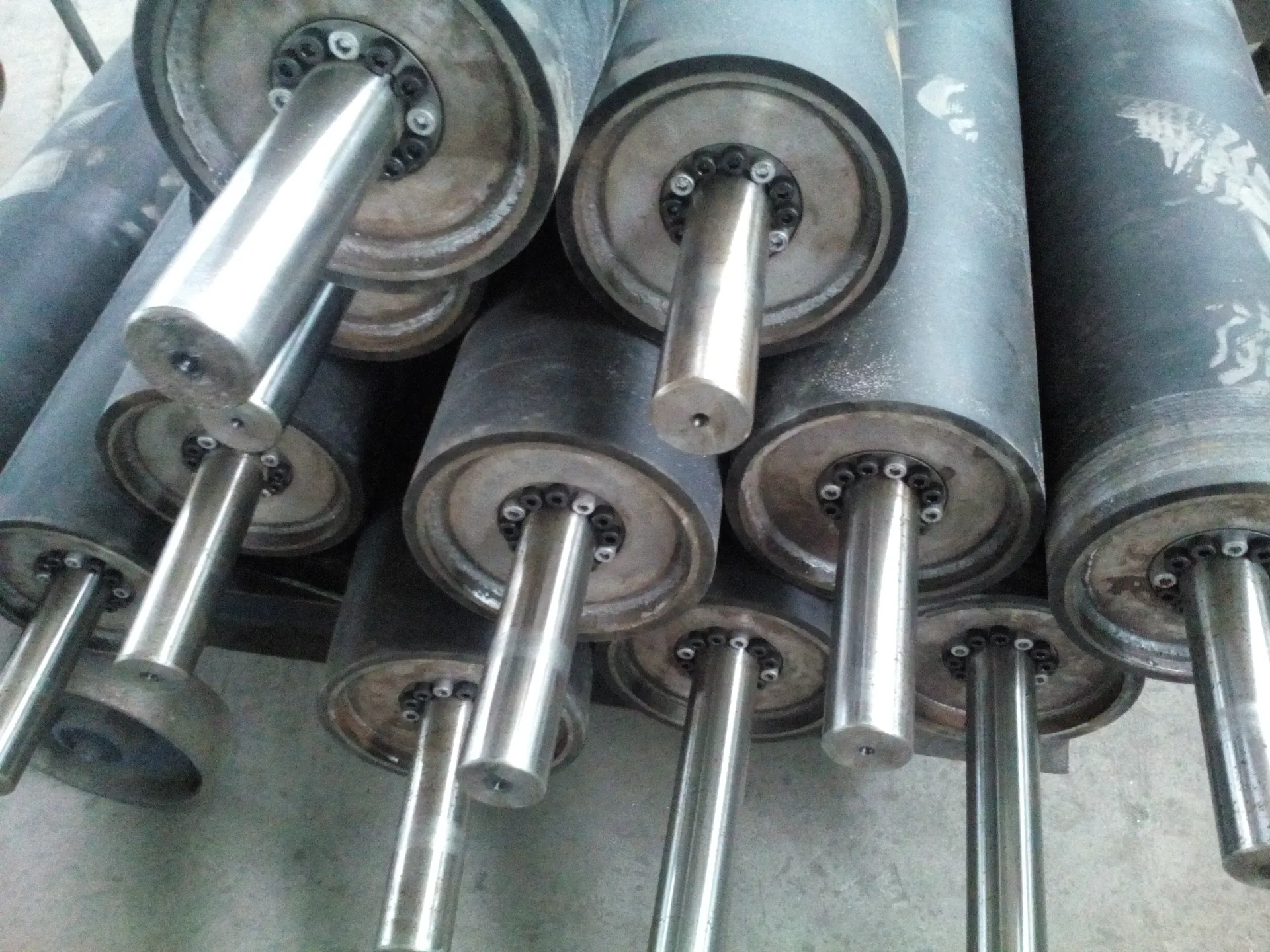 Afrikaans
Afrikaans  Albanian
Albanian  Amharic
Amharic  Arabic
Arabic  Armenian
Armenian  Azerbaijani
Azerbaijani  Basque
Basque  Belarusian
Belarusian  Bengali
Bengali  Bosnian
Bosnian  Bulgarian
Bulgarian  Catalan
Catalan  Cebuano
Cebuano  Corsican
Corsican  Croatian
Croatian  Czech
Czech  Danish
Danish  Dutch
Dutch  English
English  Esperanto
Esperanto  Estonian
Estonian  Finnish
Finnish  French
French  Frisian
Frisian  Galician
Galician  Georgian
Georgian  German
German  Greek
Greek  Gujarati
Gujarati  Haitian Creole
Haitian Creole  hausa
hausa  hawaiian
hawaiian  Hebrew
Hebrew  Hindi
Hindi  Miao
Miao  Hungarian
Hungarian  Icelandic
Icelandic  igbo
igbo  Indonesian
Indonesian  irish
irish  Italian
Italian  Japanese
Japanese  Javanese
Javanese  Kannada
Kannada  kazakh
kazakh  Khmer
Khmer  Rwandese
Rwandese  Korean
Korean  Kurdish
Kurdish  Kyrgyz
Kyrgyz  Lao
Lao  Latin
Latin  Latvian
Latvian  Lithuanian
Lithuanian  Luxembourgish
Luxembourgish  Macedonian
Macedonian  Malgashi
Malgashi  Malay
Malay  Malayalam
Malayalam  Maltese
Maltese  Maori
Maori  Marathi
Marathi  Mongolian
Mongolian  Myanmar
Myanmar  Nepali
Nepali  Norwegian
Norwegian  Norwegian
Norwegian  Occitan
Occitan  Pashto
Pashto  Persian
Persian  Polish
Polish  Portuguese
Portuguese  Punjabi
Punjabi  Romanian
Romanian  Russian
Russian  Samoan
Samoan  Scottish Gaelic
Scottish Gaelic  Serbian
Serbian  Sesotho
Sesotho  Shona
Shona  Sindhi
Sindhi  Sinhala
Sinhala  Slovak
Slovak  Slovenian
Slovenian  Somali
Somali  Spanish
Spanish  Sundanese
Sundanese  Swahili
Swahili  Swedish
Swedish  Tagalog
Tagalog  Tajik
Tajik  Tamil
Tamil  Tatar
Tatar  Telugu
Telugu  Thai
Thai  Turkish
Turkish  Turkmen
Turkmen  Ukrainian
Ukrainian  Urdu
Urdu  Uighur
Uighur  Uzbek
Uzbek  Vietnamese
Vietnamese  Welsh
Welsh  Bantu
Bantu  Yiddish
Yiddish  Yoruba
Yoruba  Zulu
Zulu Conveyor Belt Drive Pulley System and Its Essential Components for Efficient Operation
Understanding Conveyor Belt Drive Pulleys Their Role and Importance
In the realm of modern industrial processes, the conveyor belt system is an indispensable element, streamlining material handling and increasing operational efficiency across numerous applications. A critical component of this system is the drive pulley, which plays a pivotal role in ensuring the smooth operation of conveyor belts. This article delves into the significance of conveyor belt drive pulleys, their types, working mechanisms, and maintenance practices, providing a comprehensive overview for those interested in industrial machinery.
What is a Conveyor Belt Drive Pulley?
A conveyor belt drive pulley is a cylindrical component that moves a conveyor belt. Typically installed at the head or tail of the conveyor system, it utilizes a motor to turn the belt, facilitating the transport of goods and materials from one point to another. Drive pulleys are known to exert a significant force to overcome the resistance offered by the load on the belt.
The Mechanism of Drive Pulleys
The operation of a drive pulley is straightforward yet ingenious. When the electric motor connected to the pulley is activated, it initiates the rotation of the pulley, which, in turn, causes the conveyor belt to move. The movement of the belt can be either horizontal or inclined, depending on the design of the conveyor system and the application it serves.
Drive pulleys are generally equipped with a rubber cover on their surfaces, which enhances friction. The effective grip between the pulley and the conveyor belt is crucial for efficient operation; without sufficient friction, the belt could slip, leading to operational failures and inefficient performance.
Types of Drive Pulleys
Drive pulleys come in various forms, each designed for specific applications and operational requirements. The most common types include
1. Standard Pulleys These are typically found in various conveyor applications, offering a balance of strength and versatility.
2. Lagged Pulleys These pulleys have a special surface treatment that provides enhanced grip and reduces slippage, making them ideal for heavy-duty applications.
3. Crowned Pulleys Featuring a slight curvature, crowned pulleys help in keeping the belt centered on the track, effectively preventing misalignments.
4. Grooved Pulleys These pulleys come with grooves designed to improve grip further, often used in applications where belts operate at high speeds.
5. Drive and Return Pulleys Drive pulleys are responsible for moving the belt, while return pulleys guide the belt back to the starting point, ensuring a continuous loop.
conveyor belt drive pulley

Importance of Drive Pulleys in Conveyor System Operation
The drive pulley is crucial for several reasons
- Efficiency A properly functioning drive pulley ensures that the system operates smoothly and efficiently, minimizing downtime and enhancing productivity.
- Load Handling Drive pulleys are engineered to handle various load weights, allowing for the transport of heavy materials without compromising safety or performance.
- Maintenance and Longevity Regular maintenance of drive pulleys can extend their lifespan and improve overall system reliability. This includes checking for wear and tear, ensuring proper alignment, and maintaining lubrication.
Maintenance Practices for Drive Pulleys
To ensure optimal performance and durability of conveyor belt drive pulleys, maintenance practices should be implemented regularly
1. Regular Inspections Routine checks for wear, alignment, and buildup of debris can prevent significant issues down the line.
2. Lubrication Keeping the bearings and other moving parts adequately lubricated reduces friction, prevents rust, and prolongs the lifespan of the pulley.
3. Belt Tension Monitoring Ensuring the correct tension on the conveyor belt prevents slippage and excessive wear on both the belt and the pulley.
4. Cleaning Regularly cleaning the pulleys helps avoid material buildup that can hinder performance.
Conclusion
In summary, conveyor belt drive pulleys are vital components that contribute significantly to the functionality and efficiency of conveyor systems. Understanding their role, types, and maintenance can empower operators to enhance performance and keep productivity levels high in industrial processes. As industries continue to evolve, the importance of robust conveyor systems—and the pulleys that drive them—will undoubtedly remain critical in achieving operational excellence.
-
Revolutionizing Conveyor Reliability with Advanced Rubber Lagging PulleysNewsJul.22,2025
-
Powering Precision and Durability with Expert Manufacturers of Conveyor ComponentsNewsJul.22,2025
-
Optimizing Conveyor Systems with Advanced Conveyor AccessoriesNewsJul.22,2025
-
Maximize Conveyor Efficiency with Quality Conveyor Idler PulleysNewsJul.22,2025
-
Future-Proof Your Conveyor System with High-Performance Polyurethane RollerNewsJul.22,2025
-
Driving Efficiency Forward with Quality Idlers and RollersNewsJul.22,2025





























